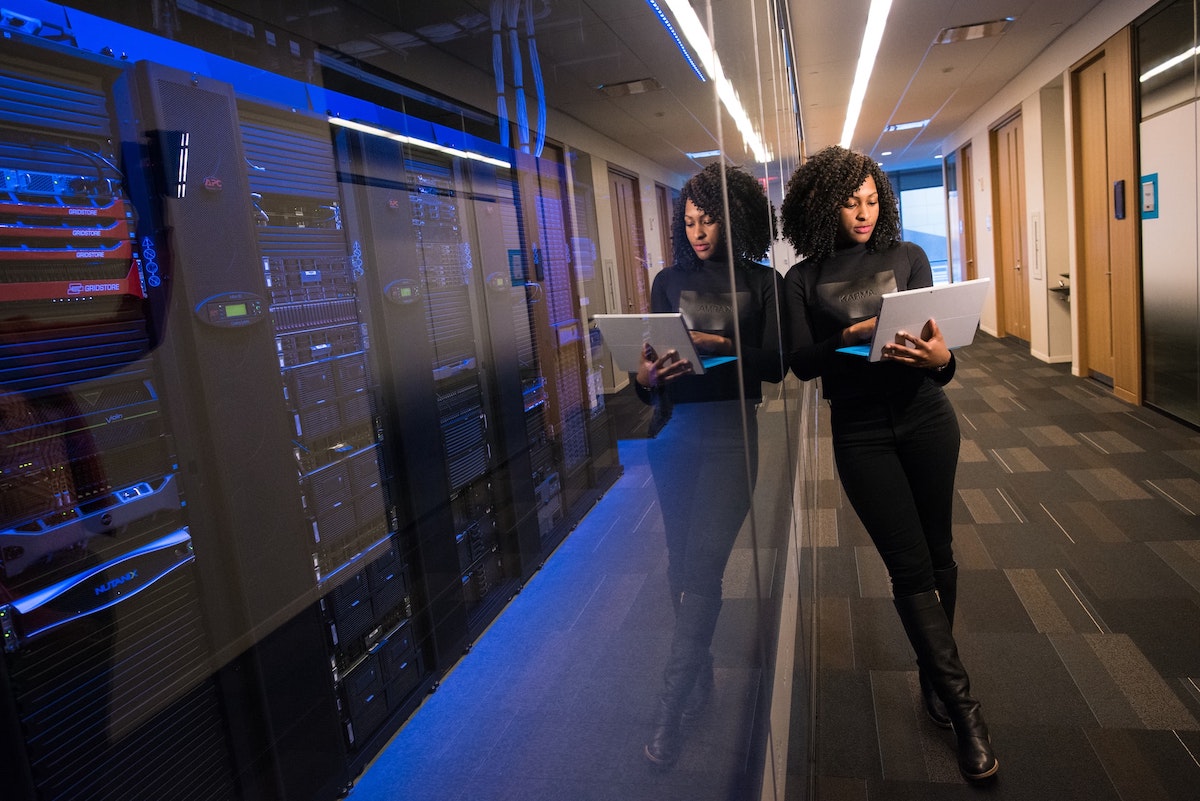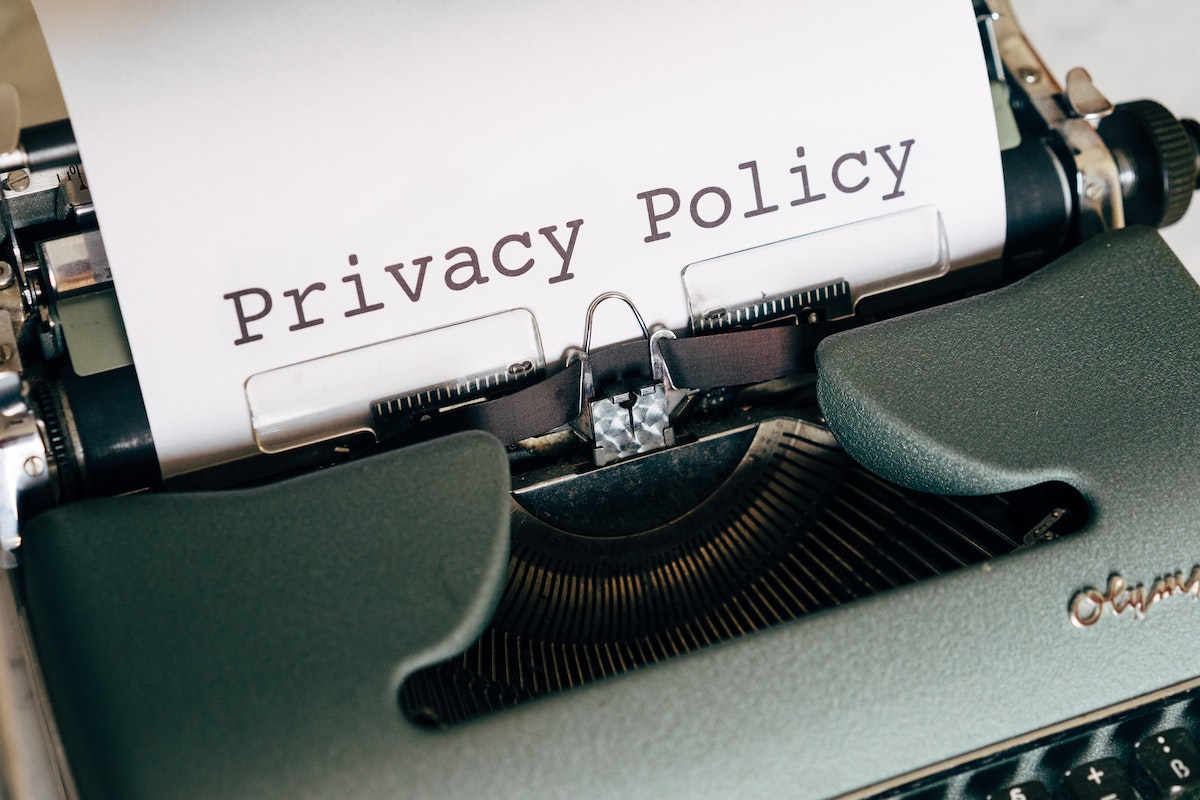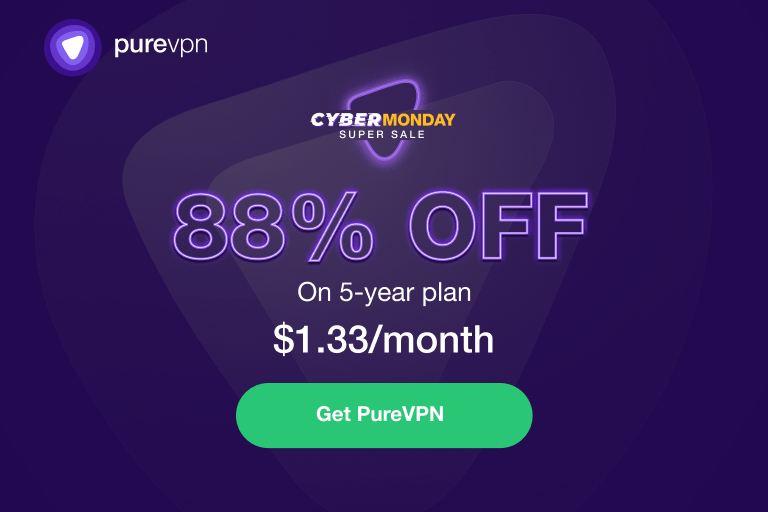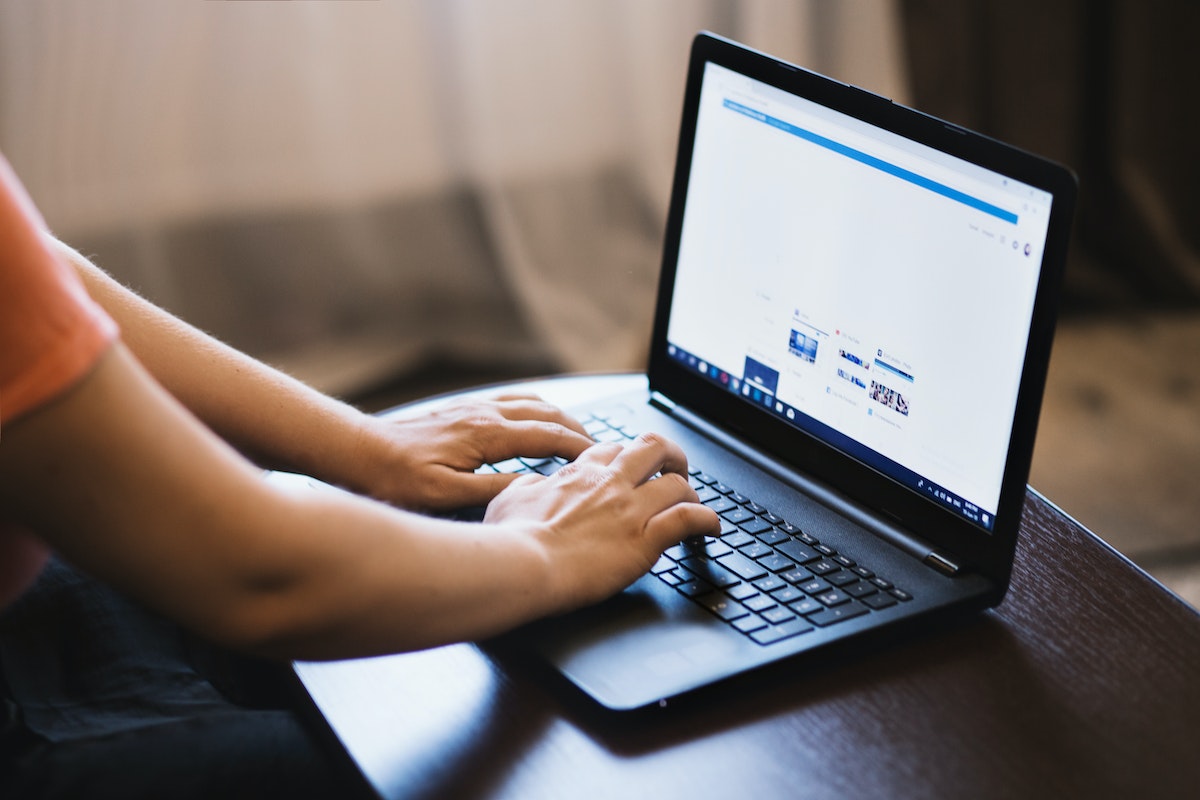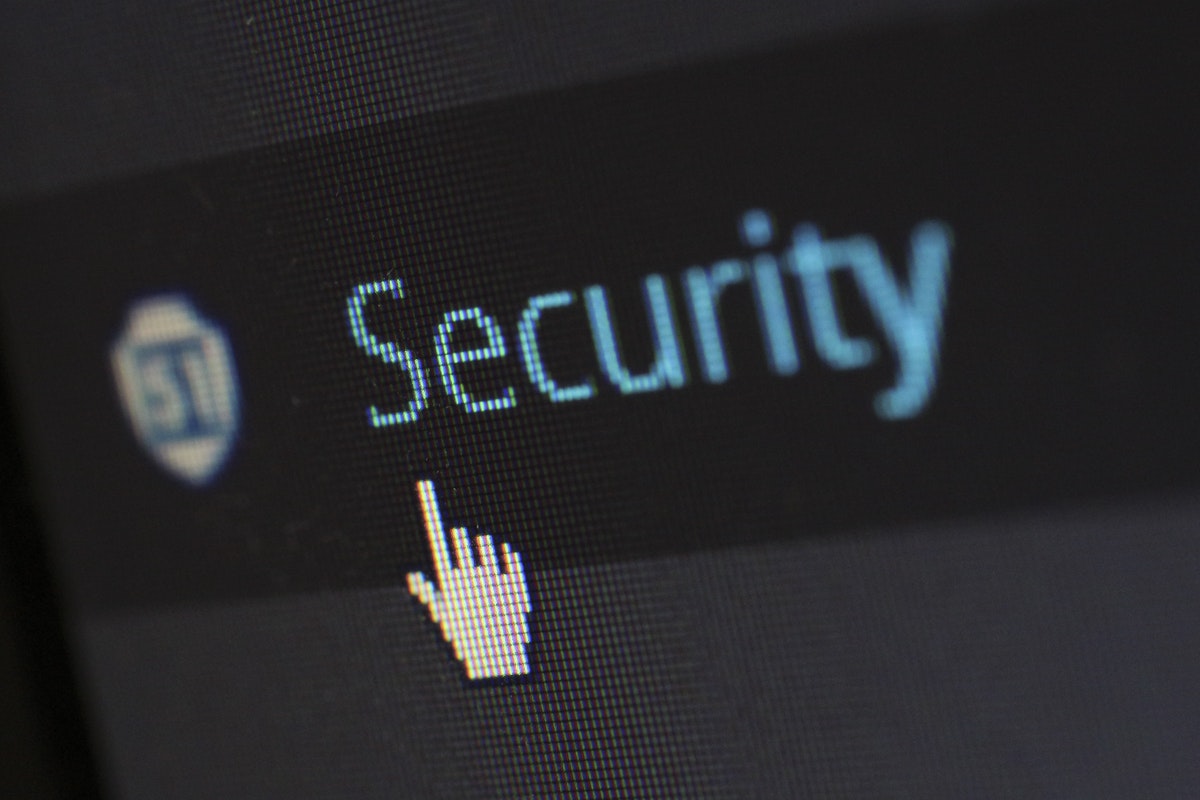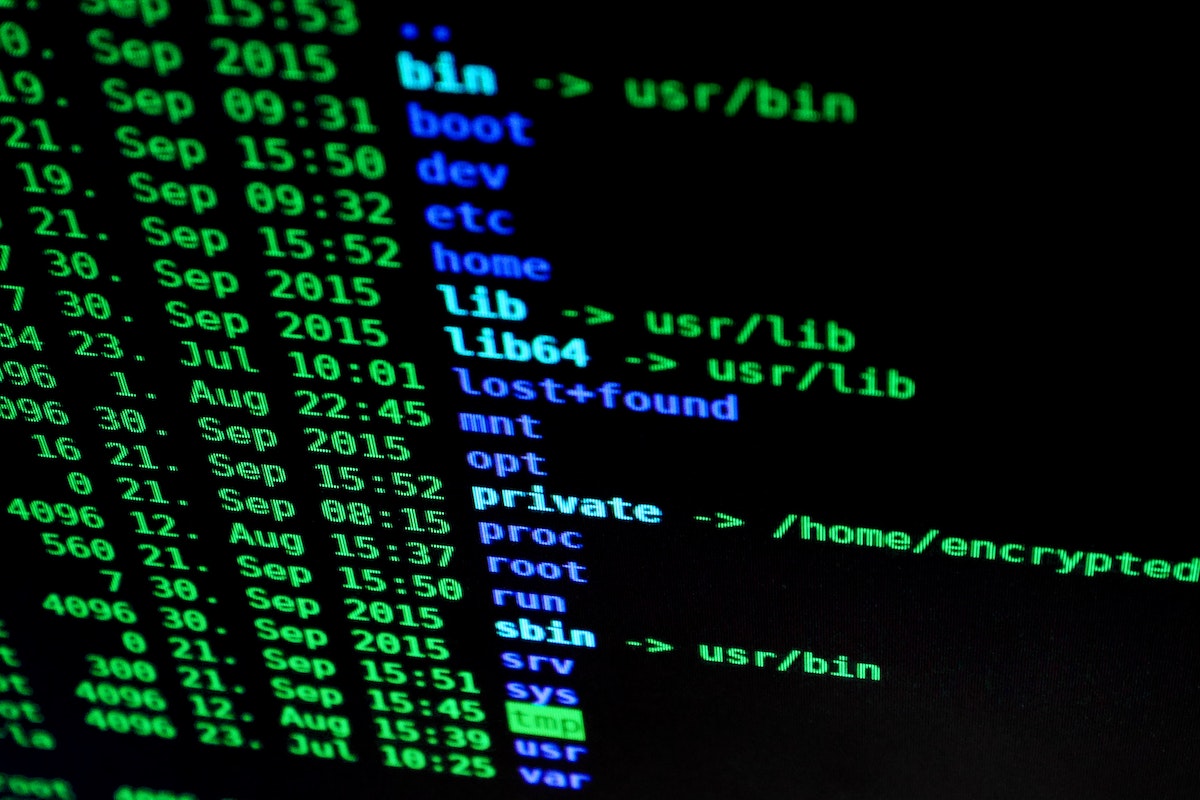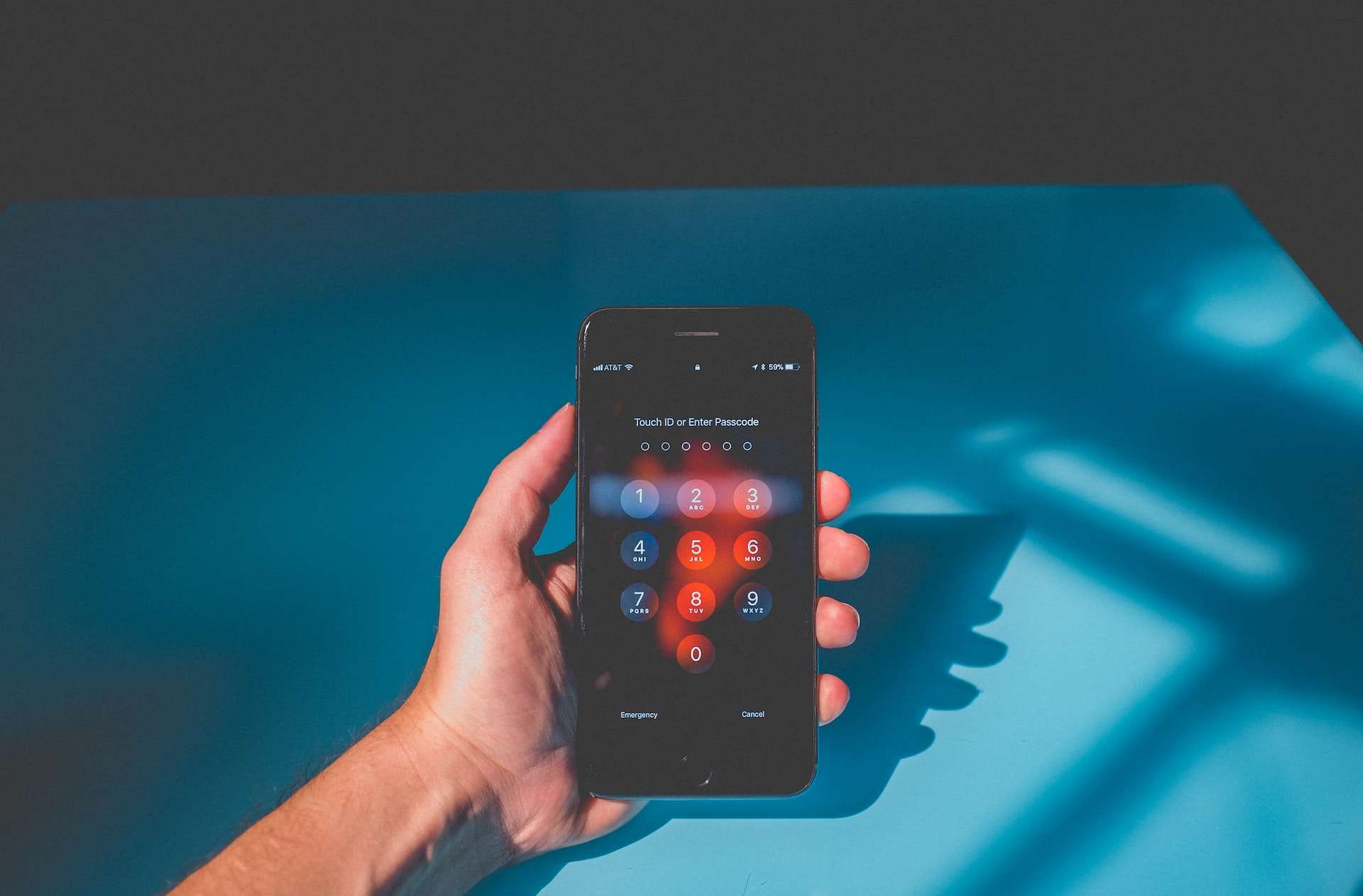Firefox can be a good anonymous browser, but it is important to know how to boost your anonymity when using Firefox. The browser’s default settings are simply not anonymous enough. The same goes for any other browser out there, even specialized privacy-focused browsers.
One of the safest and most private browsers on the market right now is Firefox, according to numerous rankings. Firefox is a good place to start if you’re serious about avoiding the privacy risks associated with online browsing. However, if you use this browser without changing its settings, a lot of information about you is gathered each time you visit the internet, for instance through cookies and browser fingerprinting.
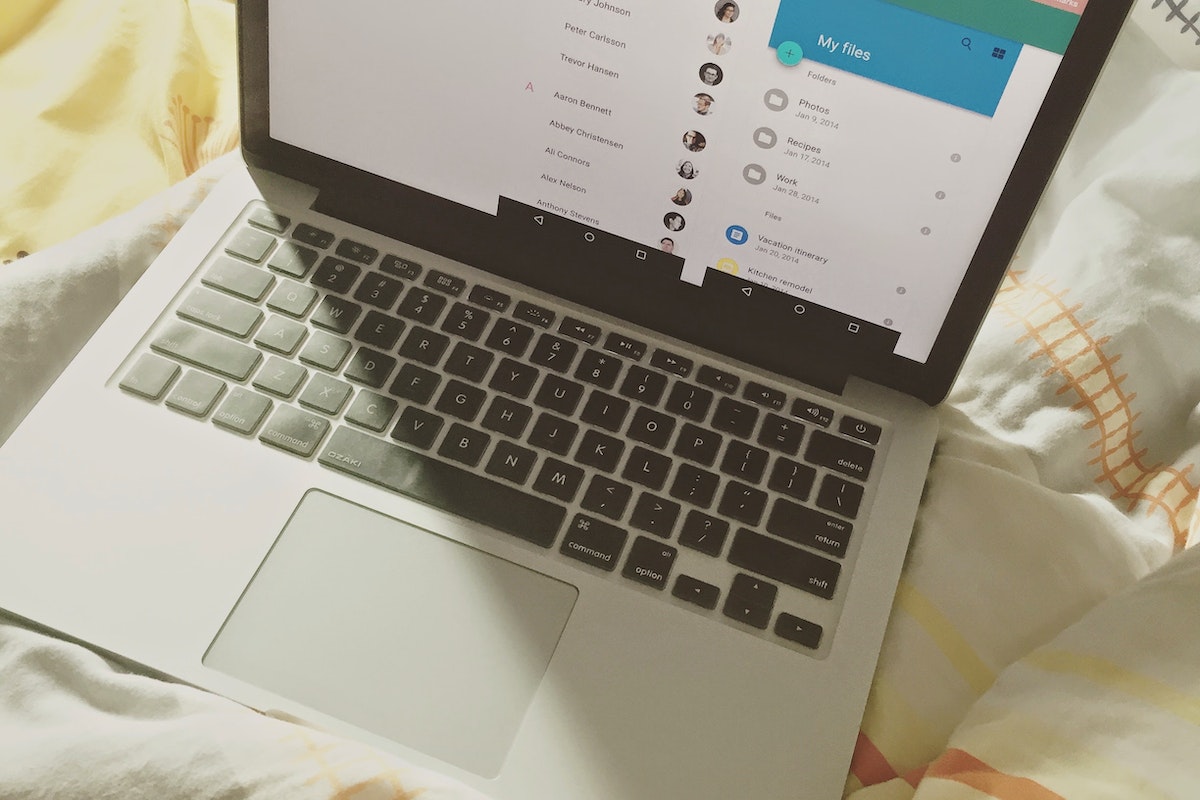
Firefox can be manually modified to become a more privacy-focused browser if you’re at all concerned about your online privacy. Really, all that’s required is to use the appropriate tools and check the appropriate boxes. Learn how to use Firefox’s incognito mode in the next paragraphs, and find out other settings you may change to make
What Is Mozilla Firefox
Web browsers like Mozilla Firefox are all that is needed to access the internet. One can access information in the form of text, audio, photos, and videos from all around the world using a web browser. In 2002, the Phoenix community helped the Mozilla Foundation create Mozilla Firefox. As a result of its derivation from the Mozilla Web Browser, it is currently just referred to as Firefox.
Everyone should have access to the internet, but it’s equally crucial that we all understand the methods by which we access it. Every day, we use online browsers like Apple Safari, Microsoft Edge, Mozilla Firefox, and Google Chrome, but do we know what they are or how they operate?
What Use a Private Browser?
Most popular browsers include the option for private browsing. These are available so that other users of the same computer can’t see your surfing history. Many people believe that using private browsing or incognito mode will allow them to conceal their identity and browsing history from advertising, governments, and internet service providers. Not at all. When working with sensitive personal information on a shared or public computer, these settings simply wipe the history on your system. Firefox goes further than that.
Additionally, some cookies keep track of additional specific information about you. Possibly your preferences for browsing the web, interests, etc. This implies that a website can provide you with more specialized material, frequently in the form of advertisements. Third-party cookies are a class of cookies that originate from other websites.
Mozilla Anonymity Settings to Think About Right Now
Right now if you snapped up the Firefox browser for one or all of your devices, think about looking at the following settings;
- Use the Incognito mode
- Make the Incognito mode permanent
- Manually clear your browsing history
- Use secure browser extension features
- Modify diagnostics, data collection, and advanced settings
- Combine Firefox with a good antivirus
- Combine Firefox with a good VPN
- Combine Firefox with an ad and tracking blocker like uOrigin
What Is uOrigin?
uOrigin is possibly the best anonymity extension you can have for Firefox. It blocks several bits of info about your browsing and hardware being transmitted to other websites. According to uOrigin’s website:
“The uBlock Origin extension remains an industry-leading, open-source, cross-platform browser extension with software developed specifically for multiple platform use, and as of 2022, uBlock Origin’s extension is available for several of the most widely used browsers, including Chrome, Chromium, Edge, Opera, Firefox And all Safari releases before 13.”
More Details to Consider
It is more crucial than ever to protect your privacy online. It’s to your best advantage to always protect yourself from third parties seeking to discover what you’ve been up to online and advertisers vying for your data. A crucial first step is picking a browser like Mozilla’s Firefox, which is recognized for its privacy features.
Remember to also adjust these settings which are sometimes hidden;
- Set Firefox as your default browser
- The history of your web browsing
- Turn off telemetry
- Limit access to locations
- Set HTTPS-Only mode to on
- Object to alerts
- Turn off password saving
- The activation of increased tracking protection
- Utilize the about: config to modify Firefox (for advanced users)
Why Anonymity Is Important
Users must take great care to protect their privacy when using the Internet. Hackers can steal our data in a variety of ways using a variety of techniques. Fortunately, we also have a wide range of methods and resources at our disposal to keep us secure. But ultimately, using common sense is the most crucial thing. We’ll discuss why it’s important to keep our online anonymity in this essay. We’ll also provide some advice in this regard.
Why is it intriguing to browse the Internet in anonymity? We must keep in mind the importance of our networked data. We may be subjected to a variety of attacks to have our data stolen and hence be included in spam campaigns.
An anonymous browser’s one distinguishing quality is that it is frequently designed with users’ security and privacy in mind. As a result, customers might enjoy several advantages when using it, just like they would when using a virtual private network. Additionally, these browsers frequently have a VPN connection so that users can benefit from greater anonymity.
The anonymous browser places more of an emphasis on user privacy and security than standard browsers do on user experience and convenience. It typically comes with a variety of security and privacy features that are not frequently found in other browsers.
At the end of the day, Mozilla Firefox is not your only choice. There are good privacy browsers out there such as Brave, and many more. The key point, ultimately, is that the security and privacy offered by software depends a lot on the settings the user chooses to use. Therefore, adjust your settings wisely and make sure to look through everything.
